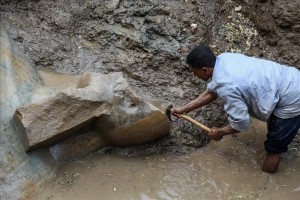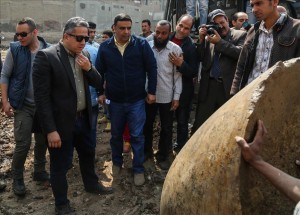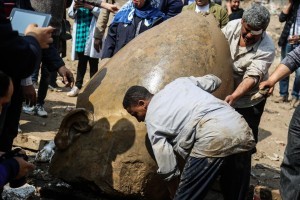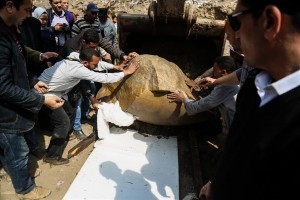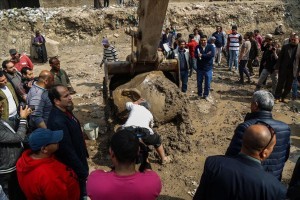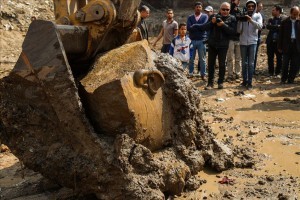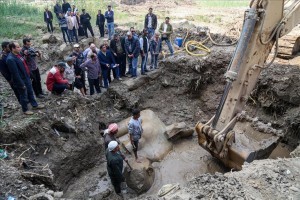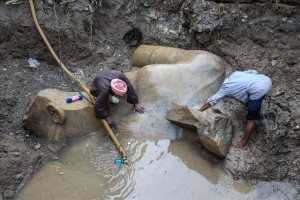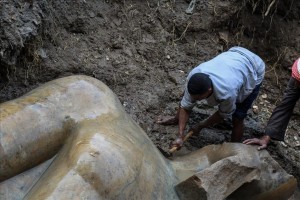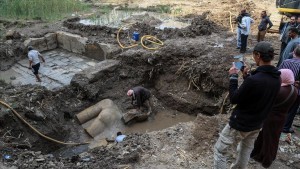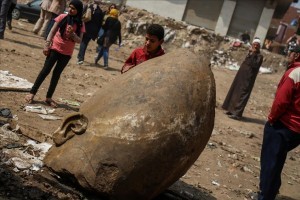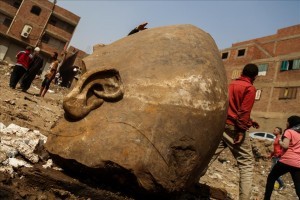The Antiquities Ministry announced on Thursday the discovery of parts from two statues of two kings belonging to the 19th Dynasty.
The discovery was made by a joint German-Egyptian archaeological mission operating in Matareya area at the site of King Ramses II Temple which he built at in Oan City in Ancient Egypt.
The archaeological area certainly contains other remnants of the Temple of Ramses II. The temple includes an entrance hall and a hall of columns, according to a statement by Antiquities Minister Khaled al-Anany.
The minister stressed that drilling will be carried out carefully in the region due to the high population density nearby.
The mission found the upper part, about 80 cm long, of the life-size statue of King Seti II is made of limestone, said head of the Egyptian Antiquities Sector, Mahmoud Afify.
The statue is characterized by the high quality of its features and details, he added.
The second statue likely belongs to King Ramses II. It is made of quartzite stone and is broken into large pieces.
The full statue is about eight meters long. Only part of the head, where one ear, one eye and part of the crown appear, was excavated today, said Afify.
The mission will continue excavation in search for the rest of statue’s parts which would confirm the identity of the statue’s owner, head of the Egyptian team which contributed to the discovery, Professor Ayman al-Ashmawy, said. The discovered parts have no inscriptions that can determine the identity of owner, but since the discovery was made in front King Ramses II Temple’s gate, the statue most likely belongs to him, he added.
He stressed that the discovery is one of the most important recent archaeological discoveries, as it demonstrates the greatness of the temple in ancient times in terms of the magnitude of the building and the statues which were adorned by precise fine patterns and inscriptions.
The buried temple was one of the largest temples in ancient Egypt, as it reached double the size of the Karnak Temple in Luxor, said Ashmawy.
The temple was destroyed during the Greeko-Roman ages. The obelisks and statues of the temple were transferred to the city of Alexandria and to Europe, and its stones were used in the Islamic eras in building Cairo.
source: egyptindependent.com
